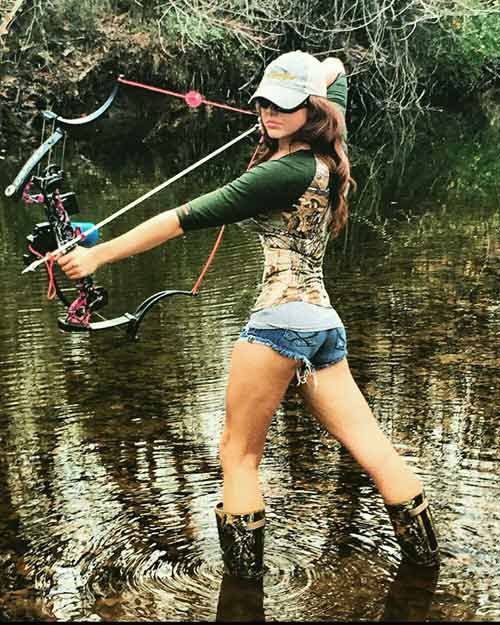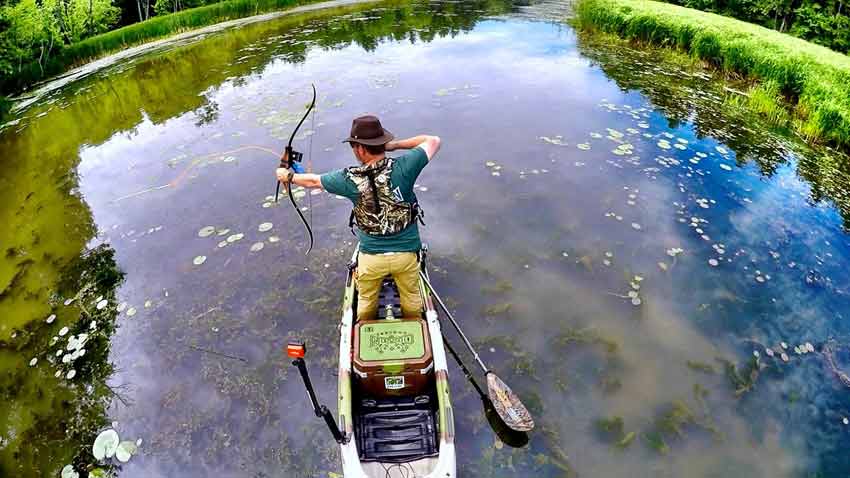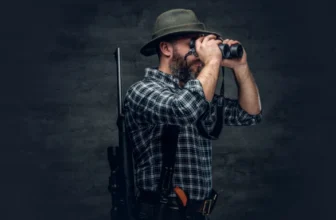Bowfishing Kayak. Nothing can be learned in one day. You need to have patience, curiosity, and desire to acquire knowledge and master any art that you want to excel in. Bow fishing (fishing with a bow) is such a skill that I am talking about today. It’s not just you borrow a bow, hop on a boat and start throwing arches on the fish. There are a lot of other things that you need to properly learn before you even plan to buy any equipment.
Continue reading this article for how to bow fish from the kayak.
Now here is the story. In order to develop your skill in bowfishing, the first thing you will need is time. You need time to develop technique, time to know how to adjust for refraction, and more importantly time to practice. Of course, you can go out and company your friends while they are bowfishing, but it’s highly unprofessional if you are on it, inexperienced!
Best Bowfishing Kayak with Rods
If you are not into fighting with the fish using rods, reels, spinners, and lures, but are incredibly addicted to catching fish – bow fishing is the one for you. But while you are on it, let me rephrase the old saying for you in reference to our topic, “Be a little slow and steady while you are bowfishing, you will definitely win the race”!
Right Equipment for Bwofishing Kayak
The first thing that is important here is the right equipment. Without proper equipment, all your hard work will go down the drain, and you will gain nothing at the end of the day. That’s why we suggest you go for recurve or compound bows whose draw weight is not too heavy. I wouldn’t recommend you taking those fancy high-end hunting bow to use it on water, mud, and blood if you care about the longevity of course.

Bowfishing From The Kayak. Via Thrillon.com
The Reels for Kayak Bowfishing
The next thing you should consider is the reels. There are a lot of choices when it comes to reels; starting from modified fishing reels, hand-wrap reels, to a retriever (bottle-style reel).
But personally, I prefer “shoot through” styled spin-cast reel. And I can explain why… “Shoot through” style provides you with a hand wrap feel when you are up hunting for bigger fish, like alligator hunting. With this, you can start the line to pool wholly from the reel and then attach it to the linked float system.
Plus, if you can buy a spin-cast that has a thick layer of silicone over the line, it will help you shoot smoothly.
Arrow Rest for Bowfishing Kayak
Next, come to the arrow rest! Here the variations lie between full entrapment styles to epoxy-style arrow rests. These are necessary because they prevent your arrows from falling on the water when you need them the most.
To me, arrows are the most important equipment in bow fishing (fishing with a bow). Depending on the shaft type and point, the price range will vary. But I found the carbon arrows to be the most expensive, and have the perfect gear. But if you are a beginner, don’t start with such expensive arrows – they will be just an unnecessary expense, rather you can go for fiberglass arrows.
Tips:
- Buy normal fiberglass shafts that have replaceable tips. Since you will be shooting around stumps, rocks, and oysters at the beginning, you are more likely to pull up those pointed tips. With replaceable tips, you can replace those with sharp points faster and get back to your business.
- Make sure your arrows are configured with a slide system that ensures a safety slide. If the lines get tied to the back of your arrow or with the bowstring, this can lead to a dangerous snap back while you are on the water.
How can we forget the gear! There are plenty of retailers who will sell you the whole bowfishing kayak setup kit. But if you are a DIY enthusiast and love to make your piece the way you want it to be, you can buy the parts and then build your own bow fishing equipment.
Once you have made/bought your equipment, it’s time to get onto your stand-up kayaks and be into the dirt. One advantage that makes kayak bowfishing so easy is that they don’t make noises like other floating boats and remain stable. The quiet approach won’t spook the fish away as you’re drifting on the water.
Ready with Your Arches
When you are getting ready with your arches, consider the light refraction too. Since the light bends on the water surface, the fish doesn’t stay actually where it seems to be, they are either way ahead or back. Experts advise that if you aim 4” low for each foot deep the fish is, you are more likely to hit the fish.
So as you are on the kayak, stop it for a second, and practice before you aim for the target. Speaking of the environment, there will be so much trash or cans at the bottom, aim them first.
They won’t move or run away, and you will be able to make your hands steady while shooting, without causing random injury to fish and other water bodies. Plus, don’t forget to clean the trash up, clean it up, put it on your kayak, and bring those back to dump it on the trashcans. No harm is done to the livings or environment.

Bowfishing on The Lake. Via Pinterest.com
Now when you have some practice, you would want to take your equipment and get your kayak out to places where there are fish to root for. Here I am going to suggest some spots that will never disappoint you whether you want paddlefish, jumping carp, or that big alligator to spot on.
Florida Gulf Coast
Florida Gulf Coast is the home of so many saltwater fish that makes it one of the best places to go for bowfishing (fishing with a bow) on a kayak. Stingray, mullet, drum, sheepshead, spade, and catfish are only a few to name for.
Trinity River, Texas
The common species you will find in the Trinity River are alligator gar, buffalo, common carp, and bowfin.
Bull Shoals Lake, Arkansas
One of my personal favorites that have crystal clear water (perfect for bowfishing kayak!) and minimal competition is the Bull Shoals Lake. Catfish, gar, common gar – you will get it all here if you aim for them properly.
So, here go. You have all the knowledge now for what to get, how to start, and where to go when you are up for bowfishing kayak. If you are ready with all of them, hop on your kayak and get started!
Haha!
Continue reading some related article here:
The usefulness of Hunting Tree Stands: Tips for proper safety precautions








